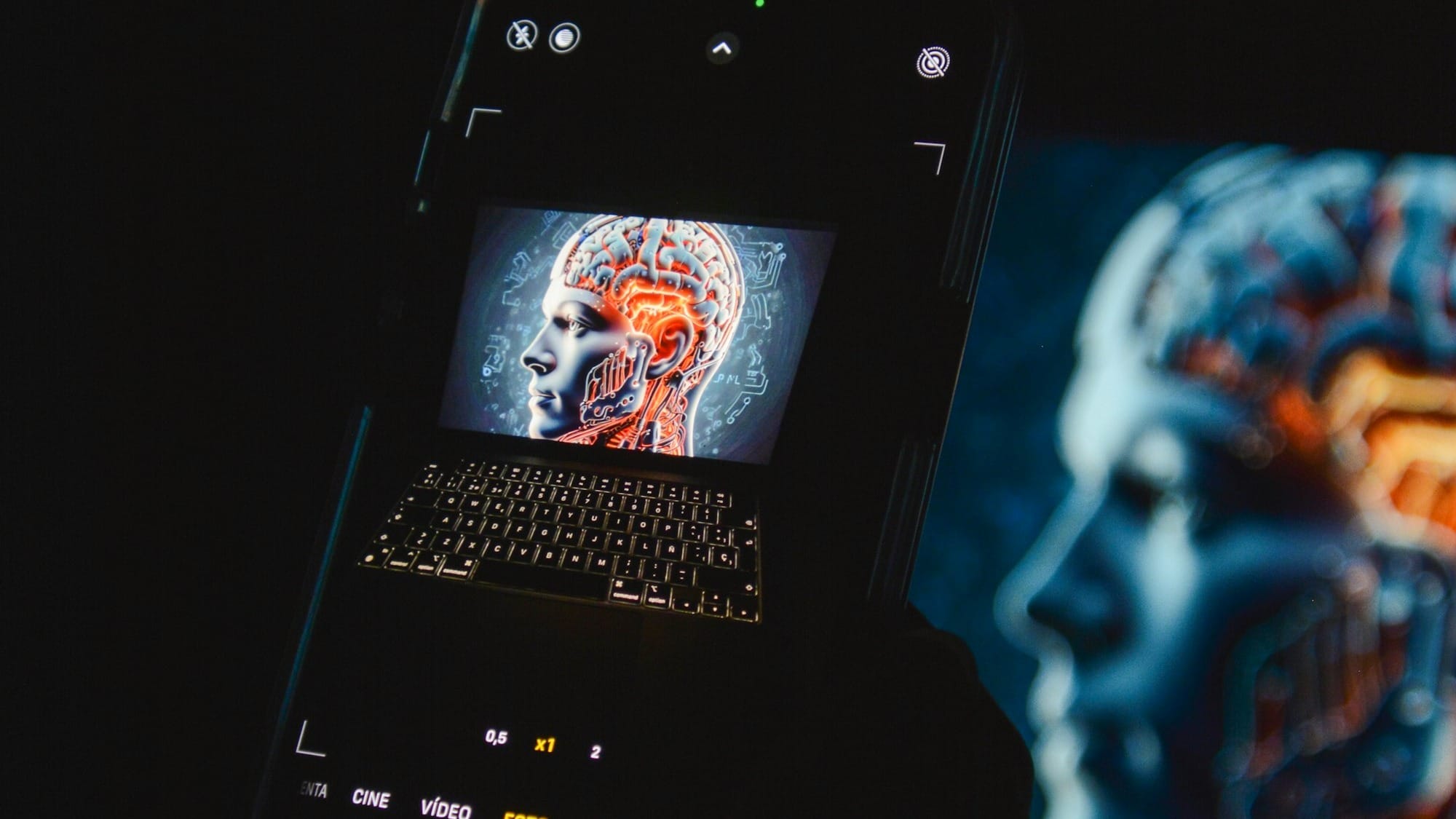Grok teases new AI image generation model, Aurora

Grok, the X (formerly Twitter)-owned AI assistant, first gained AI image-generation capabilities in August through its Grok 2 powered an AI model, FLUX.1, and true to its rebellious reputation, the new image-generation feature came with minimal safeguards.
This meant users could create and upload almost anything to the X platform. But unlike its competitors, Grok’s image-generation prowess wasn’t developed entirely in-house; instead, it was the product of a collaboration with Black Forest Labs, a young AI startup.

Black Forest Labs’ FLUX.1 model not only fueled Grok’s initial foray into image creation but also enabled the chatbot to analyze and interpret uploaded images by October. Premium X subscribers could use the feature to query images, asking questions such as, “What is this?” or “Where did it come from?”
In a however interesting development, X briefly launched a new image-generation model for Grok dubbed Aurora, over the weekend. Aurora–which has since been confirmed by CEO Elon Musk to be in beta version– became available on Saturday before disappearing from the platform for many users.
Just the beta version, but it will improve very fast
— Elon Musk (@elonmusk) December 7, 2024
Despite its fleeting debut, a TechCrunch report noted Aurora impressive advancements over FLUX.1.
The report citing a few tests, highlighted improvements in Aurora’s capabilities compared to FLUX.1, including sharper photorealistic images of landscapes and still lifes while maintaining Grok’s hallmark of few creative restrictions. It was able to generate images of public figures, copyrighted characters like Mickey Mouse and even controversial content like a bloodied Donald Trump, pushing the boundaries of what is typically permitted by competing platforms.
It is a great model for certain things, but far from perfect https://t.co/AOcs92M5TF
— AI Leaks and News (@AILeaksAndNews) December 7, 2024
However, Aurora isn’t perfect. It struggles with the notorious “AI hand problem,” creating images where fingers are oddly fused or objects unnaturally blend together. Still, its ability to generate lifelike images rivals top-tier models like OpenAI’s DALL-E 3.
As impressive as Aurora seems, its origins remain somewhat ambiguous. Posts from staff at xAI—Musk’s AI startup responsible for Grok—announced Aurora but avoided revealing whether it was trained in-house, built on an existing image generator, or developed in partnership with another company (as FLUX.1 was).
For now, Aurora remains in limited beta. Some users who briefly accessed it reported their version of Grok reverting to FLUX shortly after. Nonetheless, the preview has generated excitement about how Aurora could elevate Grok’s capabilities and boost user engagement to rival competitors like OpenAI's ChatGPT which boast over 3.7 billion monthly users.
The release of Aurora follows another major shift for Grok, the chatbot is now free for all users, opening Grok to a broader audience.
Meanwhile, xAI, fresh off closing a $6 billion funding round, is reportedly developing a standalone Grok app and preparing for the launch of its next-generation AI model, Grok 3.
